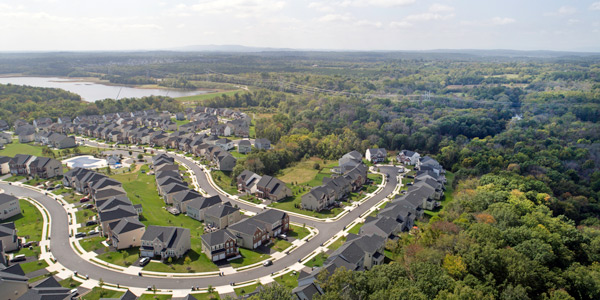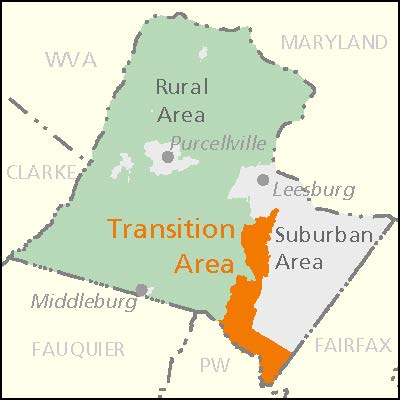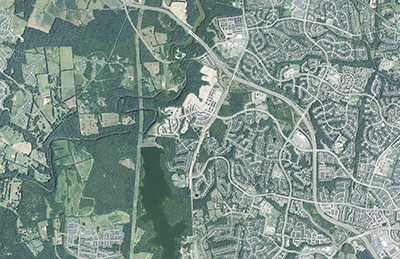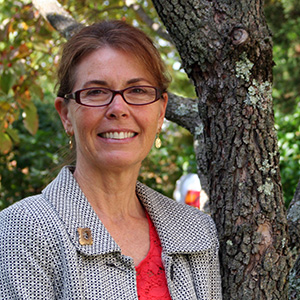
Dear Supporter,
Counting down the days…
No, I’m not talking about Tuesday’s national elections! Next Wednesday, November 7, is also an important opportunity for civic participation, because the Loudoun Planning Commission is holding a public hearing on the draft Comprehensive Plan.
Since you’re on our email list, I’m guessing that you care about one or more of these local issues: growth and housing, traffic congestion, trails and green spaces, natural, cultural and heritage assets, adequate public facilities (i.e. schools, libraries) and public services (i.e teachers, police, fire and rescue), etc.
If so, the Envision Loudoun 2040 plan concerns you directly. It sets out County policies, strategies, and actions intended to address all of these important issues.
Planning Commission Public Hearing
Come to the meeting and share your thoughts on the newly released draft 2040 plan.
But did you just think, ”I can’t make it to the hearing” or “I don’t have the time to get up to speed”?
PEC and fellow members of the Loudoun County Preservation and Conservation Coalition have analyzed and summarized key issues and public feedback, so it’s easier for you to weigh in. And if you can’t make it to the Nov 7 public hearing, you can email the Planning Commission with your comments: loudounpc@loudoun.gov.
The Plan Should Reflect Community Priorities
Our analysis of public input collected over the 2 years of work on the plan shows that residents want to keep Loudoun unique and improve quality of life for citizens. Loudoun residents want to see measurable results and county actions that:
- Manage growth
- Improve transportation
- Protect environmental and heritage assets
- Manage water, air, energy and green space
 The draft plan allows for more scattered development in the Suburban and Transition Policy Areas. |
Instead, It’s a Plan for Sprawling Growth
Citizen input has led to some improvements to the current draft, but its major flaw remains: it promotes scattered residential growth, ignoring the fiscal impact and threatening our quality of life.
Over the last 20 years, Loudoun has had the fastest pace of growth and the largest population expansion in the DC region, and is consistently one of the fastest growing jurisdictions in the U.S.
This has caused a deficit of public facilities and services for existing residents. With more than 50,000 unbuilt units already allowed, we should not be focused on how to add more. New, scattered development will make our deficits worse, and generate a long-term tax burden to cover the maintenance and operating cost of additional county facilities.
Preserving farms and rural open space can help offset some of the costs of growth. Commercial development can also do that, but while there has been an increase in data centers, other commercial growth has lagged behind expectations. In other words, we can’t count on commercial growth to make up for all the costs of new residential growth.
Transition Policy Area Under Threat
 A satellite image of the Beaverdam Reservoir and Transition Policy Area just west of the Suburban Area. Image credit NAIP. |
Some of the most stark proposals in this draft plan are those related to the Transition Policy Area (TPA). The increases in development potential there would effectively suburbanize it:
- Higher density residential is proposed for all remaining undeveloped or “underdeveloped” parcels with a single house on large acreage.
- Light industrial development is proposed for the drinking water source protection area, a highly sensitive area that drains to the Goose Creek reservoir above the public drinking water intake.
These changes are counterproductive. The public supports the original vision and purpose of the TPA: A visual and spatial transition area that protects important county drinking water sources and heritage assets, meets residents’ recreational needs and potential space for needed County facilities.
The draft also proposes to bite into the Rural Policy Area (RPA) by converting two rural land areas to TPA and allowing more residential growth. The Board of Supervisors did not support such a move, and residents want the rural policy area to remain intact permanently.
What did Loudoun residents call for? Instead of allowing more development in the Rural Policy Area and the Transition Policy Area, the public favored development close to the new Metro stations. This would minimize additional traffic, reduce vehicle miles traveled and result in a more sustainable future. Growth in the County’s Silver Line tax district would also maximize its ability to pay for the extension and operational costs associated with Metro.
What’s Next?
The Planning Commission will forward the draft to the Board of Supervisors in December with final recommendations. The Board review will likely benefit from more public input and after further revisions, they will hold another formal public hearing. We’ll keep you informed of those opportunities as the process continues!
Sincerely,
Gem Bingol
Loudoun Field Representative
The Piedmont Environmental Council
gbingol@pecva.org

P.S. Phyllis Randall, Chair of the Loudoun Board of Supervisors, is holding a Rural Summit on Friday, Nov. 16 in Middleburg (8:30 am – 2:30 pm) on opportunities and challenges facing rural Loudoun. PEC’s Mike Kane will be a panelist. RSVP to elizabeth.bennis@loudoun.gov if you’d like to attend.
